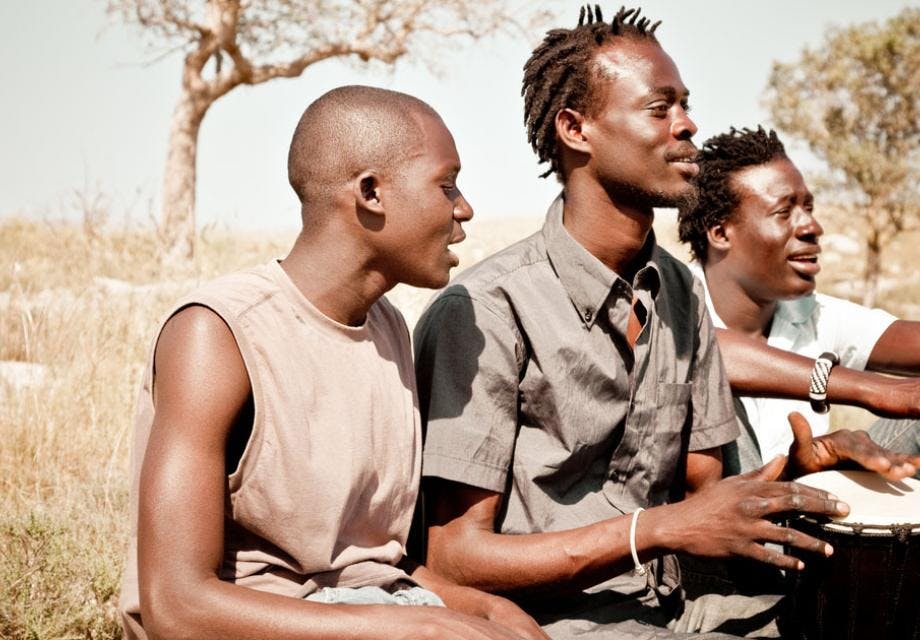Malawian gay men living with HIV more likely to live in rural settings
Hester Phillips
13 July 2017
A study of gay men in Malawi reveals very low levels of HIV testing and treatment access nationwide – with distinct geographic disparities in HIV prevalence that need to be taken into consideration and addressed.
HIV prevalence among men who have sex with men (also known as MSM) in Malawi differs significantly between rural and urban settings – ranging from 4.1% in the northern city, Mzuzu, to 24.5% in rural Mulanje.
Previous studies of men who have sex with men in Malawi have tended to focus on the capital Lilongwe and Blantyre, the country’s second largest city.
In order to examine how HIV prevention and care strategies for men who have sex with men should respond to local contexts, HIV testing and a socio-behavioural survey of more than 2,450 men who have sex with men were carried out between 2011 and 2014, in seven Malawian districts.
While prevalence among men who have sex with men was high in Lilongwe and Blantyre areas – at 17.7% and 12.5% respectively – the highest HIV prevalence was in the rural and agricultural settings of Mulanje and Chikwawa (20.5%), and in the tourist and lake settings of Mangochi (22.4%) and Nkhata Bay (20.6%).
In line with UNAIDS Fast-Track Cities action plan, Malawi’s current national strategic plan commits to targeting both Lilongwe and Blantyre, but these findings suggest other districts must not be forgotten when implementing HIV programmes for men who have sex with men.
Across all seven areas, HIV prevalence was found to be 18.2%. Less than half of those surveyed (45.9%) had ever been tested for HIV – and less than 1% reported being previously diagnosed with HIV and initiating treatment. This suggests the vast majority of men who have sex with men in Malawi who are living with HIV are not entering into care and so are likely to develop ill health, face an AIDS-related death and pass HIV on to other people.
The study found HIV begins at a younger age among men who have sex with men compared with other men, with 11.8% of participants aged 18–19 years already living with HIV. As well as being geographically spread, this suggests HIV programmes for men who have sex with men should also be age-appropriate in order to more effectively reach younger men from this population group.
When standardised, the results suggest the national prevalence of HIV among men who have sex with men is more than twice that of heterosexual adult men, with nearly one in five men who have sex with men in Malawi living with HIV.
The study reinforces existing evidence of the consistent and disproportionate burden of HIV among men who have sex with men in Malawi, where the criminalisation and stigmatisation of same sex practices continues to greatly impede the country’s HIV response.
Get our news and blogs by email
Keep up-to-date with all our latest news stories and blogs by signing up to the Be in the KNOW news digest.
